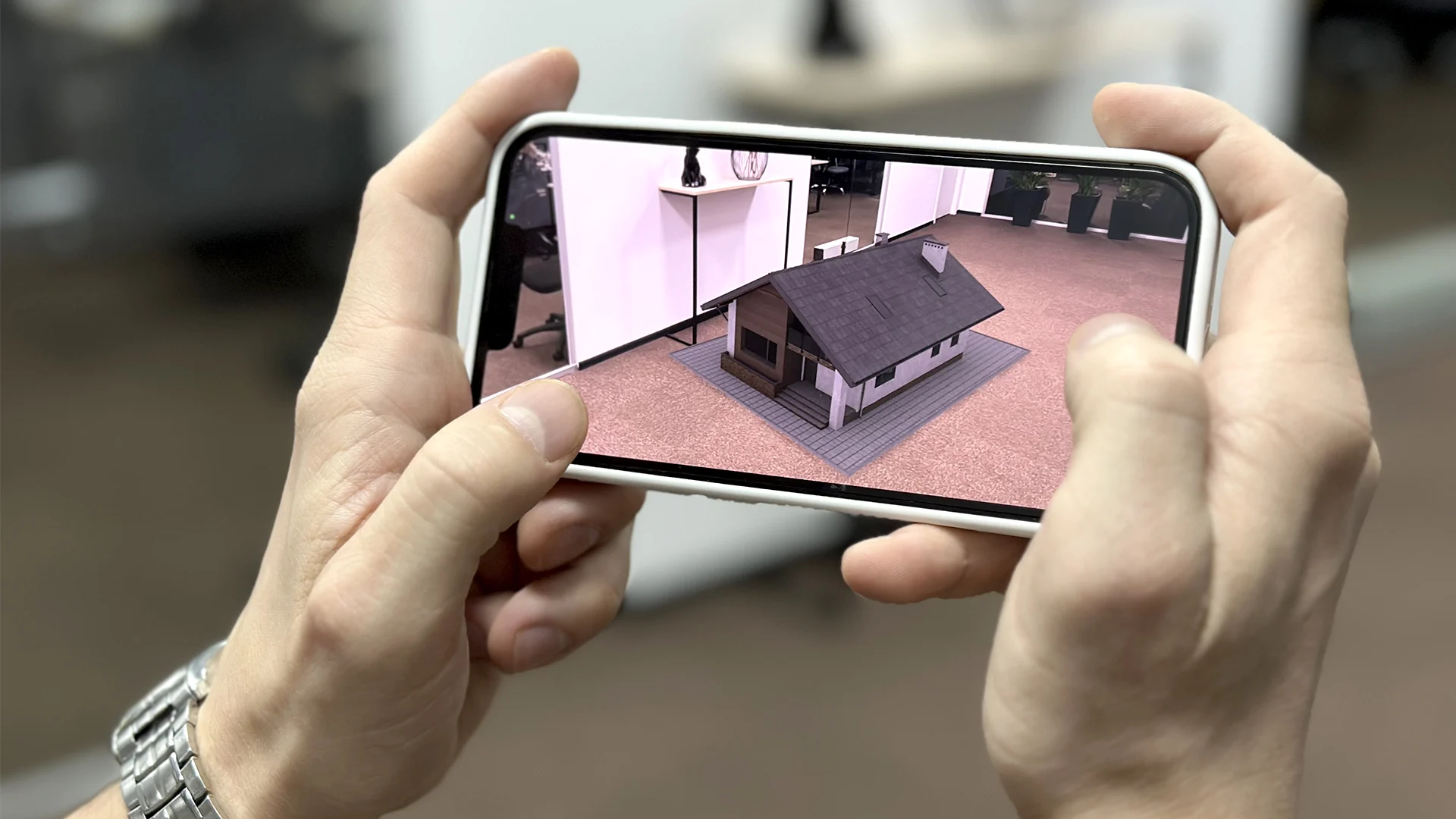Top Sustainable Design Principles in Architecture
Have you ever wondered how architects can design buildings that are good for the environment? Sustainable design principles in architecture focus on creating buildings that reduce negative impacts on the environment. By using innovative techniques and materials, architects can make buildings more energy-efficient and environmentally friendly. Let’s explore some key principles that guide sustainable architecture.









